Farasnamah فرسنامه (A Treatise on Horses) and Dawlatnamah دولتنامه (A Treatise on Falcons) 19th century
Manuscript on paper with ink and opaque water including gold metallic paints; leather. | 29.5 x 18.2 cm (book measurement (conservation)) | RCIN 1005031
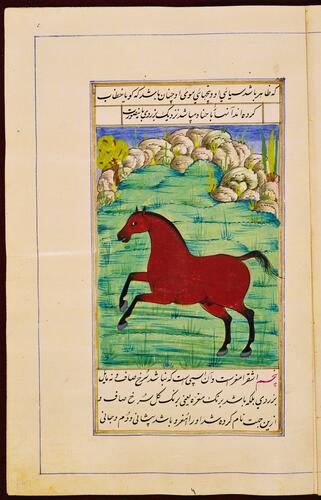
Anonymous
Farasnamah فرسنامه (A Treatise on Horses) and Dawlatnamah دولتنامه (A Treatise on Falcons) 19th century
Anonymous
Farasnamah فرسنامه (A Treatise on Horses) and Dawlatnamah دولتنامه (A Treatise on Falcons) 19th century

Anonymous
Farasnamah فرسنامه (A Treatise on Horses) and Dawlatnamah دولتنامه (A Treatise on Falcons) 19th century

Anonymous
Farasnamah فرسنامه (A Treatise on Horses) and Dawlatnamah دولتنامه (A Treatise on Falcons) 19th century

Anonymous
Farasnamah فرسنامه (A Treatise on Horses) and Dawlatnamah دولتنامه (A Treatise on Falcons) 19th century
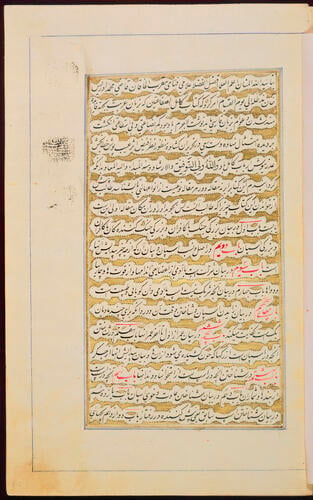
Anonymous
Farasnamah فرسنامه (A Treatise on Horses) and Dawlatnamah دولتنامه (A Treatise on Falcons) 19th century
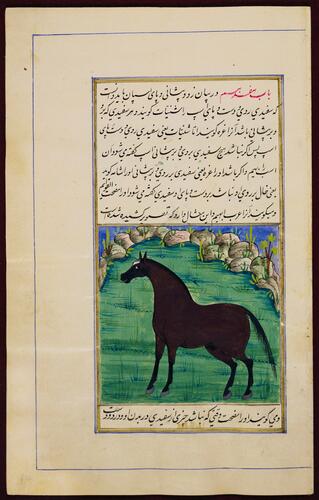
Anonymous
Farasnamah فرسنامه (A Treatise on Horses) and Dawlatnamah دولتنامه (A Treatise on Falcons) 19th century
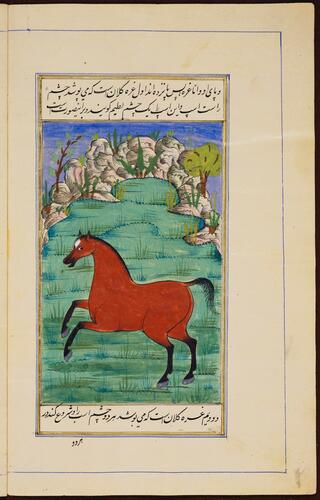
Anonymous
Farasnamah فرسنامه (A Treatise on Horses) and Dawlatnamah دولتنامه (A Treatise on Falcons) 19th century
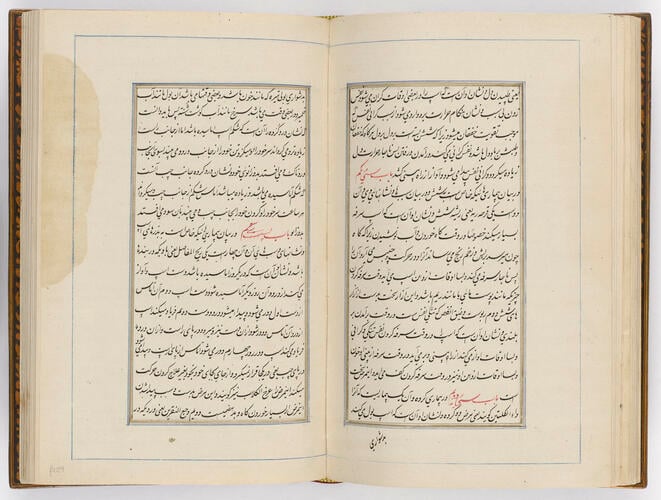
Anonymous
Farasnamah فرسنامه (A Treatise on Horses) and Dawlatnamah دولتنامه (A Treatise on Falcons) 19th century

Anonymous
Farasnamah فرسنامه (A Treatise on Horses) and Dawlatnamah دولتنامه (A Treatise on Falcons) 19th century

Anonymous
Farasnamah فرسنامه (A Treatise on Horses) and Dawlatnamah دولتنامه (A Treatise on Falcons) 19th century
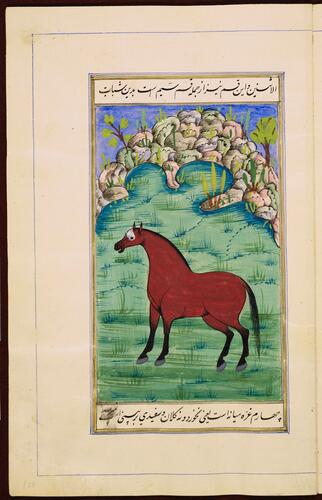
Anonymous
Farasnamah فرسنامه (A Treatise on Horses) and Dawlatnamah دولتنامه (A Treatise on Falcons) 19th century
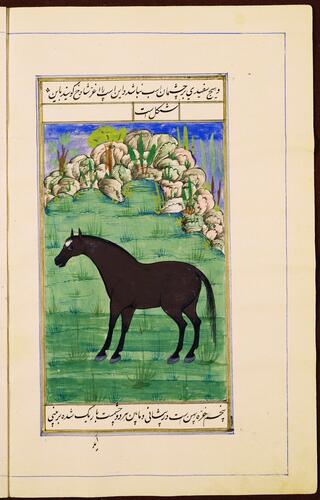
Anonymous
Farasnamah فرسنامه (A Treatise on Horses) and Dawlatnamah دولتنامه (A Treatise on Falcons) 19th century
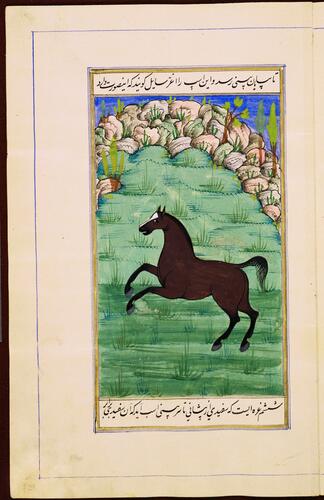
Anonymous
Farasnamah فرسنامه (A Treatise on Horses) and Dawlatnamah دولتنامه (A Treatise on Falcons) 19th century
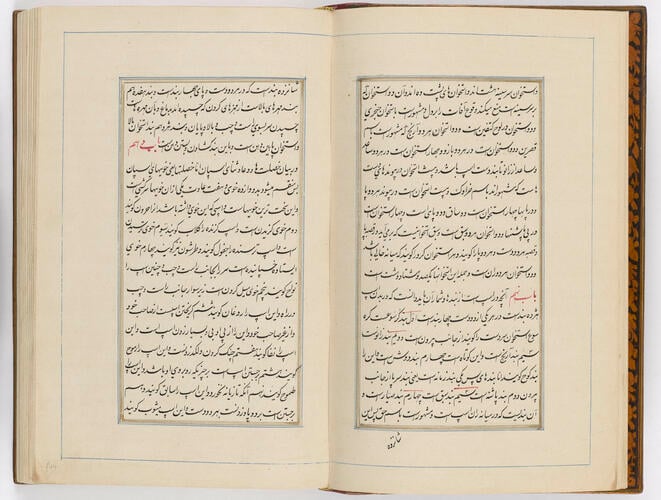
Anonymous
Farasnamah فرسنامه (A Treatise on Horses) and Dawlatnamah دولتنامه (A Treatise on Falcons) 19th century

Anonymous
Farasnamah فرسنامه (A Treatise on Horses) and Dawlatnamah دولتنامه (A Treatise on Falcons) 19th century
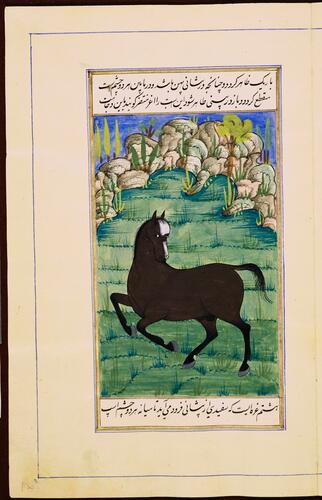
Anonymous
Farasnamah فرسنامه (A Treatise on Horses) and Dawlatnamah دولتنامه (A Treatise on Falcons) 19th century

Anonymous
Farasnamah فرسنامه (A Treatise on Horses) and Dawlatnamah دولتنامه (A Treatise on Falcons) 19th century

Anonymous
Farasnamah فرسنامه (A Treatise on Horses) and Dawlatnamah دولتنامه (A Treatise on Falcons) 19th century
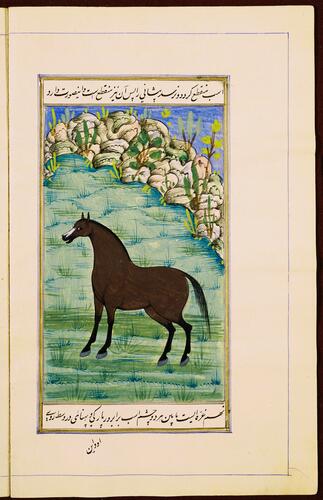
Anonymous
Farasnamah فرسنامه (A Treatise on Horses) and Dawlatnamah دولتنامه (A Treatise on Falcons) 19th century
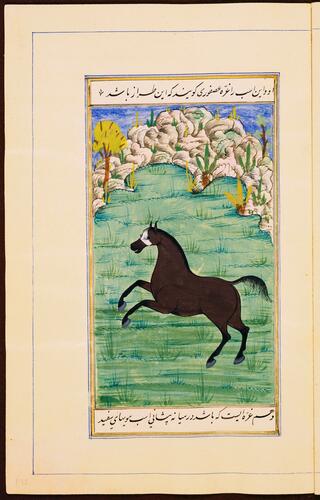
Anonymous
Farasnamah فرسنامه (A Treatise on Horses) and Dawlatnamah دولتنامه (A Treatise on Falcons) 19th century

Anonymous
Farasnamah فرسنامه (A Treatise on Horses) and Dawlatnamah دولتنامه (A Treatise on Falcons) 19th century





















-
A book in Persian containing two volumes on the typology and medical treatment of horses and of hunting birds, presented by King Amanullah of Afghanistan to King George V in 1928.
This manuscript contains two texts: the Farasnamah and the Dawlatnamah.
The Farasnamah is a work on horses and farriery. According to the preface it is a Persian translation of the Arabic medieval veterinary manual Kamil al-Sinaatayn fi al-Baytarah wa Zardaqah, which was made on the instructions of Qazi Muhammad Idris Khan by order of Ahmad Shah Durrani, King of Afghanistan (reg.1747-73). The text has 9 chapters each divided into sections: 1. ff. 2r-43r, introduction (20 sections); 2. ff. 43r-77v, on the colours of horses, mules and donkeys (10 sections); 3. ff. 77v-93r, on the typology of breeds (10 sections); 4. ff. 93r-99v, on the signs of health and speed (12 section); 5. ff. 99v-130r, on equine ailments (34 sections); 6. ff. 130r-155r, on the treatment of equine ailments, part 1 (70 sections); 7. ff. 155r-176v, on the treatment of equine ailments, part 2 (66 sections); 8. ff. 176v-202r, on the treatment of equine ailments, part 3 (71 sections); 9. ff. 202r-208v, on the various types of medicaments and talismans (12 sections).
The first three sections are copiously illustrated with paintings of horses, mules and donkeys, all depicted sideways on, standing or rearing on grass, with a rocky landscape behind (ff. 26r-41r and ff.44r-87v).
The Dawlatnamah is an anonymous baznamah (Book of Falconary) on the care and medical treatments of falcons and other hunting birds. The contents of its 44 chapters is possibly based on the Baznamah-yi Nasiri by Timur Mirza Husam al-Dawlah.
This volume was likely made in Afghanistan in the late 18th century. The opening pages (ff.1v-2r and 209r) and colophons (ff.208v and 250v-251r) are decorated with illumination and interlinear gilding.
The high quality lacquered binding and doublures comprise polychrome and gilt decoration with a large floral spray on the outer boards, and floral patterns within a geometric design on the doublures. The boards show signs of overpainting and the volume appears to have been rebound c.1860, rebacked with red goatskin and resewn with silk thread in casebook style.
Seals and inscriptions of Habibullah Khan, King of Afghanistan (1872 –1919) and his librarians, dated 1880-1903, are found on the first flyleaf and folios 1r, 2r, 1r and 251r.
King Amanullah of Afghanistan (r. 1919–29) presented the manuscript to King George V with two other volumes during his and Queen Soraya’s visit to Britain in March-April 1928 (see RCINS 2915384 2511689). The two other manuscripts were RCINs 1005005 and 1005011. At Windsor Castle on 2 April 1928, the King and Queen of Afghanistan also gave George V and Queen Mary a series of fine lapis lazuli étuis, boxes and a writing set (RCINs 4349-50, 7244, 22997 and 23008), and George V presented a thoroughbred stallion to King Amanullah in return.
Text adapted from Islamic Manuscripts in the Royal Collection: A Concise Catalogue (Leiden: 1992).Provenance
Presented to King George V by Amanullah, King of Afghanistan, on the occasion of his visit to the United Kingdom in 1928.
-
Creator(s)
(author)(nationality)(nationality)Acquirer(s)
-
Medium and techniques
Manuscript on paper with ink and opaque water including gold metallic paints; leather.
Measurements
29.5 x 18.2 cm (book measurement (conservation))
Category







